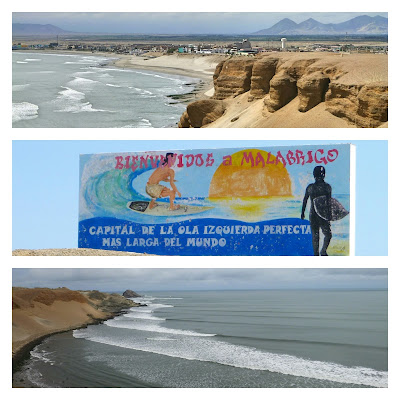Argentina. Fifteenth and final country of the trip (unless we make a cheeky trip to Uruguay). Things are getting much colder as we head down towards 30-35° in southern latitude. Our northern hemisphere readers should note it is the depths of winter down here. We spent our first week in Argentina on the historic highway 40, Argentina's route 66, down the dry eastern flank of the Andes.
Communing with the locals at a standard municipal campground. We have become dog magnets in Argentina, and we aren't complaining.
We headed first to Salta, a fairly big city in the north. We had our first experience exchanging cash on the "blue market". The official exchange rate is nine pesos to a US dollar if you use an ATM or exchange money at a bank. However, you can get 13 pesos to the dollar if you exchange US bills on a street corner. I am unsure of the economics of Argentina's blue market, but it has something to do with the super high inflation and the relatively stable US currency which Argentinians like to stash away for savings. At any rate, if you ever come to Argentina, bring stacks of US cash to trade and make a profit.
In Salta we mostly did chores- including taking Kellie's fingerprints in a cafe so that she could apply for a background check, needed for her NZ work visa
Counting our cash after a trip to exchange money with the 'cambio' guys
We drove through the Quebrada de Cafayate, a really amazing drive through a large valley/canyon. There are landforms with names such as the "castle", the "devil's throat" and the "amphitheatre". Everywhere you look is stunning, and you can't take a bad picture on this whole route.
We headed to Cafayate, a beautiful little wine growing town. We only stayed a night, though we should have stayed much longer. We had an excellent dinner at "La Casa de Empanadas"- empanadas are an Argentinian favourite, and come stuffed with all sorts of fillings. We had a few cheap clay jugs of local wine to wash them down.
We stopped in at the Quilmes archeological site, reportedly one of the best in the country. It is a well preserved city fortress in the desert. The people who lived there flew under the radar of the Incas but not the Spanish, who rounded them up and sent them to Buenos Aires.






























